The most common impacts on Vietnamese exports are increased green and sustainable standards for exported goods, increased financial responsibility of producers for green and sustainable goals, and increased requirements for information declaration procedures and accountability when importing.
According to Deputy Minister of Industry and Trade Do Thang Hai, the trend of green growth, green development, and circular economy has been forming new "rules of the game" in trade and investment.
The resistance was forewarned.
Data from the General Statistics Office ( Ministry of Planning and Investment ) shows that in the first 11 months of 2023, Vietnam's total export turnover is estimated at 322.5 billion USD, down 5.9% over the same period last year. Although export turnover still decreased compared to the same period last year, the decrease in export growth has narrowed significantly compared to the decrease of 11.6% in the first 6 months of 2023. The United States and the European Union (EU) are two major export markets of Vietnam, down 14.1% and 11.1% respectively over the same period last year.
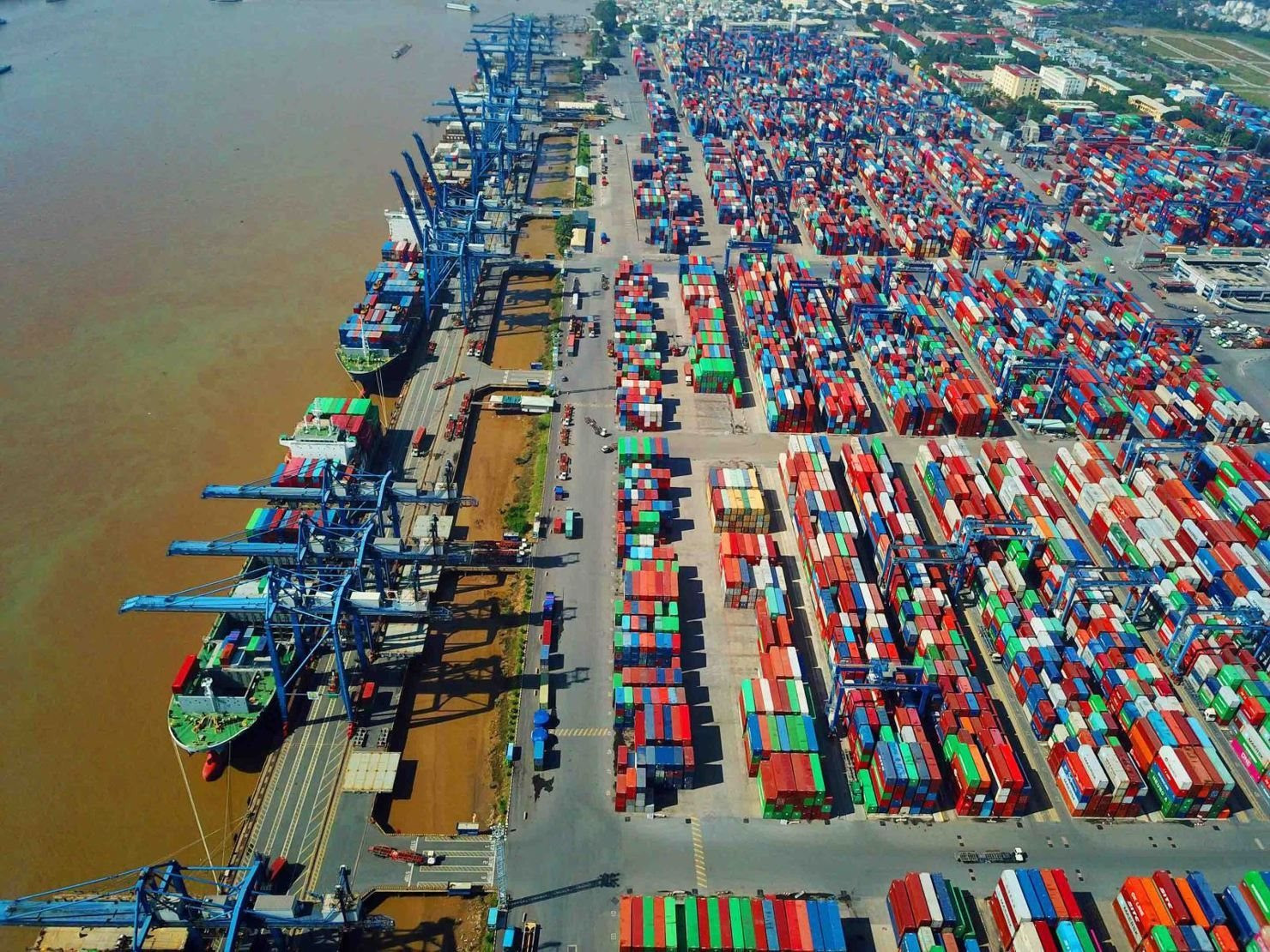
In the context of low global economic growth, weak global consumer demand, increasing protectionist barriers, and many countries continuing to maintain tight monetary policies, experts say that the import-export situation in the last month of the year and even next year will face many difficulties. Major economies that are Vietnam's export partners such as the United States and the EU have reduced spending on purchasing common and luxury products, causing the volume of orders to decrease.
Meanwhile, domestic industrial production sectors are mainly export-oriented, heavily dependent on the global market because domestic production output far exceeds domestic market demand, especially for industries such as textiles, footwear, electronics... which only supply 10% of domestic demand, the remaining 90% of output is for export.
Vietnam's export product groups that are forecast to be most affected by green trade barriers in the coming time include: Electrical, electronic, information technology products, machinery, equipment, and related components; agricultural products, aquatic products, wood and wood products; food; textiles, footwear; chemicals, fertilizers, batteries, accumulators; iron, steel, aluminum, cement; and packaging of products.
A notable point in the past year is that the EU has continuously made moves to implement the European Green Deal package. Typically, there are new regulations on changing the maximum residue level (MRL) for some substances in agricultural and food products (including many of Vietnam's key export products); the Deforestation-Free Regulation (EUDR) requires traceability of imported goods into the EU that are not grown or raised on deforested or degraded land; the Carbon Border Adjustment Mechanism stipulates the payment of emission fees based on the level of greenhouse gas emissions in the production process in the exporting country...
The list of green policies related to imports from outside the EU will continue to be supplemented along with the progress in implementing the targets of the EU Green Deal until 2050, especially in the period from now to 2030.
In fact, the EU is not the only one that has introduced stricter regulations on greenhouse gas emissions reduction. The US has also proposed a similar "Clean Competition Act" and is expected to apply starting in 2024 for primary goods, and from 2026 for both primary and finished goods. It is expected that goods that exceed the permitted emissions will have to pay a carbon price of 55 USD (in 2024), and increase by 5% each year with inflation adjustment. The law applies to all countries and territories, except the least developed economies. The UK and Canada are starting consultations among stakeholders to discuss a carbon border adjustment mechanism (CBAM)... Not to mention that many traditional markets will also gradually increase import and export control regulations.
Challenges from within the business
According to Dr. Nguyen Thi Thu Trang - Director of the WTO and Integration Center, Vietnam Federation of Commerce and Industry (VCCI), the challenge for Vietnam's exports lies primarily in the change and raising of awareness among businesses, associations and related entities. As a comprehensive policy package with a very long roadmap, the Green Deal and its policies and measures to implement this Agreement are not only numerous and complex in nature, but also continuously evolving over time. There is no common set of green standards, no unified green transition roadmap for all types of goods exported to the EU.
A quick survey conducted by VCCI in August 2023 showed that about 90% of respondents had never heard of or had only heard of the EU Green Deal, the EU's outstanding green policies related to Vietnam's exports. In particular, the percentage of businessmen, staff, and workers in enterprises who knew about the EU Green Deal was only 4%.
Going deeper into the requirements of green policies, the challenge for Vietnamese manufacturers and exporters lies in the ability to comply with these requirements. Meeting the EU's technical standards (TBT), food safety and animal and plant quarantine (SPS) is not easy for many businesses, the challenge will of course be much greater with new green standards or upgrades from current TBTs and SPSs to higher, more stringent and more difficult.
Each business will have different problems to solve. It could be about the capacity to transform technology, control the supply chain, the skills of the workforce or the capacity to explain, declare and store information. Behind all these technical challenges is the ability to pay or invest in transformation. For the majority of small and micro businesses, limited in capital, technology and management capacity, and in the current volatile business period, responding to the challenges of the Green Deal is a very difficult task.
However, the VCCI representative also said that if there is early preparation, meeting green requirements is still feasible for most Vietnamese export enterprises. These policies all have a step-by-step implementation roadmap, with difficult requirements only having to be fully implemented after a long period of time.
On the other hand, not all green standards require high compliance costs, but may require changes in the way of acting (e.g. requirements for emission declaration, information on products, etc.). At the same time, in some cases, EU green standards are legalized from previous voluntary standards that businesses have implemented at the request of customers, so they may not require too big changes for businesses.
With strong commitments from the Vietnamese Government to achieve “zero” net emissions by 2050 and respond to climate change, protecting global biodiversity, compliance with green regulations is not only to meet the requirements of exporting key products to demanding markets, but also an opportunity to accelerate the implementation of the strategy to develop industries towards transparency, responsibility, sustainability and national green growth.
Mr. Clement Graf - Global Director,
Swiss Import Promotion Program
The nature of the new green export rules

Green export regulations focus on the accountability of European importers/producers. They are responsible for their activities in the value chain of goods and therefore have to do with suppliers outside Europe. Importers are forced to know and be more closely involved with their suppliers. This will also increase trust, bring parties together and build a more sustainable value chain.
Therefore, businesses need to act with clear goals and steps as well as clearly define the roles of the parties, clearly divide responsibilities; develop and build the capacity of different actors in the ecosystem. Vietnam needs to develop a trade promotion ecosystem; connect the trade promotion network. This is very important for promoting Vietnam's green exports in the future.
Mr. Vu Ba Phu - Director of the Department of Trade Promotion
(Ministry of Industry and Trade)
Small and medium enterprises also have advantages.

Green exports for Vietnam include both opportunities and challenges. First, green exports bring higher profit margins for products. Products that meet green standards and carbon certification have a much higher selling price than regular products.
In addition, to meet green standards, businesses must improve their capacity to create green products. Then, businesses do not have to pay carbon tax, and their products have a competitive advantage over similar products from other countries that do not meet these standards.
Most Vietnamese businesses are small and medium-sized, but that is not necessarily a limitation. Converting management systems and adjusting operations will cost less and be faster than for large, multinational corporations with long and widespread supply chains around the world. Newly established businesses can orient their development from the very beginning.
Along with supporting access to information and improving the capacity to meet new standards for businesses, relevant ministries and sectors quickly supplement and complete the legal framework, issue regulations and standards to determine what is green. Most importantly, businesses need to identify target markets to proactively produce and trade, review their operations, and through associations propose to management agencies and local authorities the need for support, or through consulting to have an effective transformation program.
Ms. Mira Nagy - Component Head, Towards Project
circularity, German International Cooperation Agency (GIZ)
Vietnam can develop by leaps and bounds
become a green manufacturing center

Vietnam’s industry is well-positioned to benefit from the circular economy and due diligence requirements in the global value chain. Immediate actions include reducing operating costs, addressing the instability of raw material supply and commodity prices. Businesses need to ensure the legality of their production and business activities, avoid damaging their reputation, and seek new markets. It should be noted that the circular economy requires cooperation along the value chain and businesses must closely connect with customers, employees, and other businesses in the supply chain.
More importantly, business leaders need to understand information and improve existing management processes; effectively use raw materials.
Source








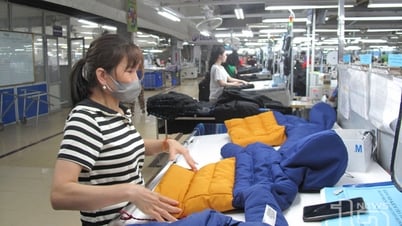

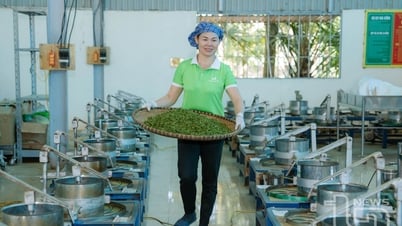
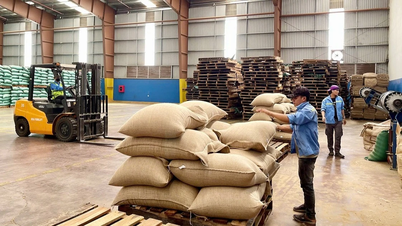

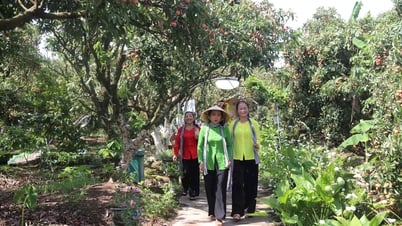


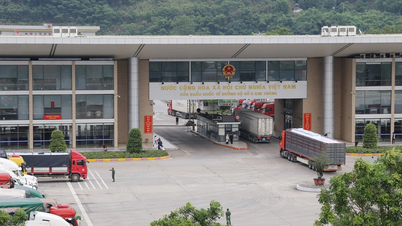

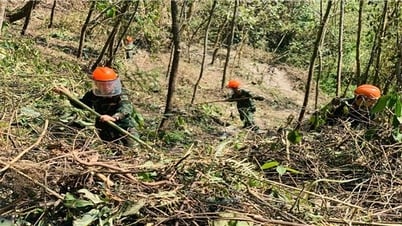



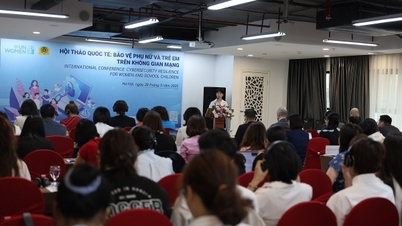








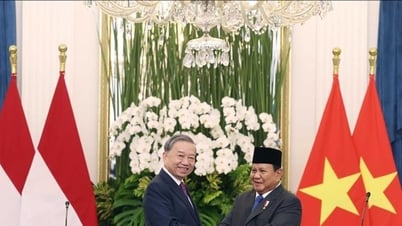


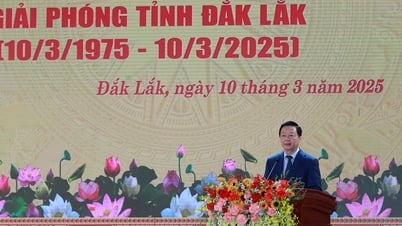
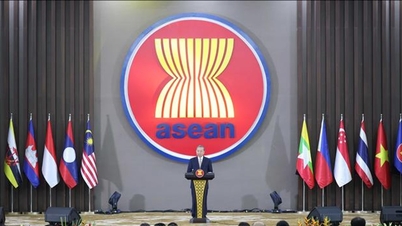

![[Photo] The 9th Congress of the Party Committee of the Office of the President, term 2025-2030](https://vphoto.vietnam.vn/thumb/1200x675/vietnam/resource/IMAGE/2025/6/20/78e7f27e8c4b4edc8859f09572409ad3)



























![[Maritime News] Wan Hai Lines invests $150 million to buy 48,000 containers](https://vphoto.vietnam.vn/thumb/402x226/vietnam/resource/IMAGE/2025/6/20/c945a62aff624b4bb5c25e67e9bcc1cb)













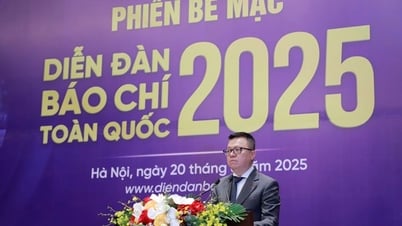



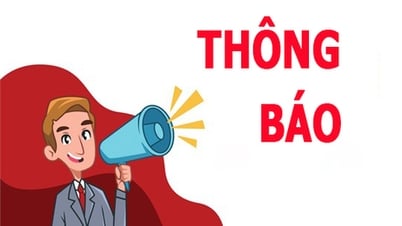

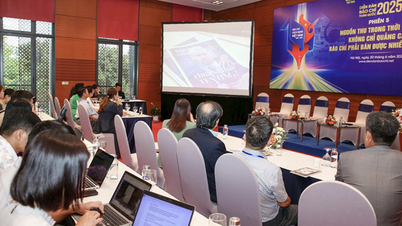

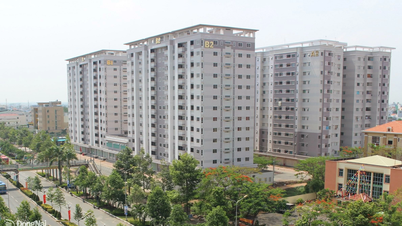

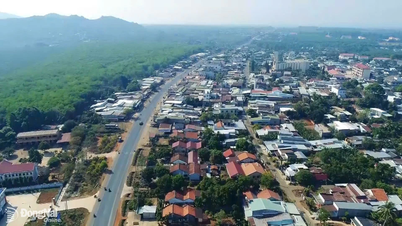


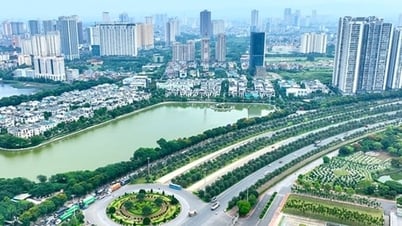

















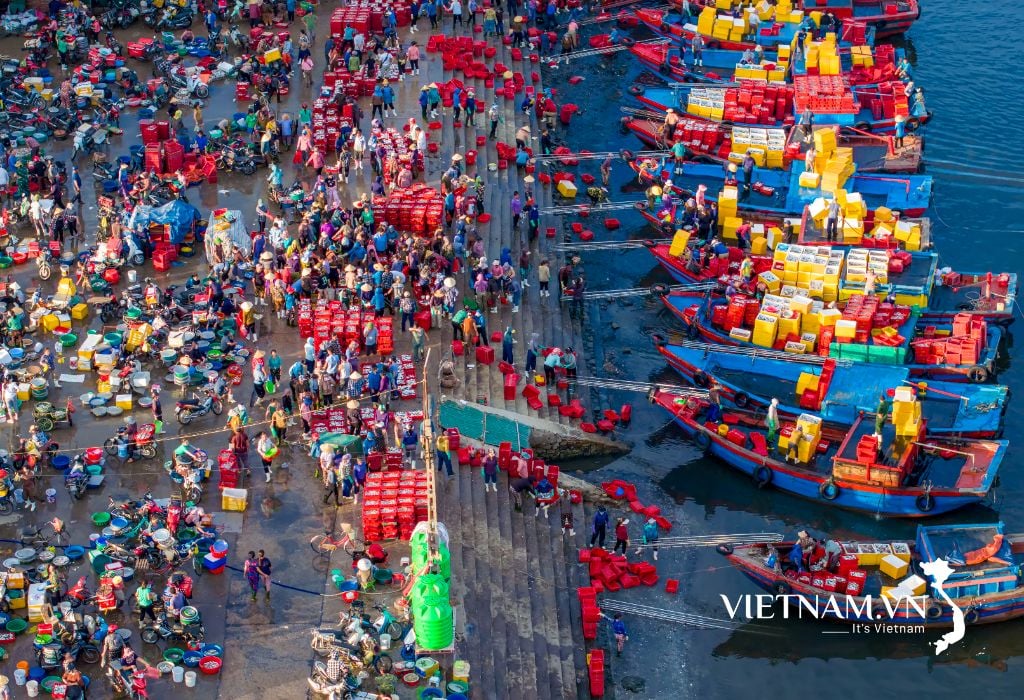
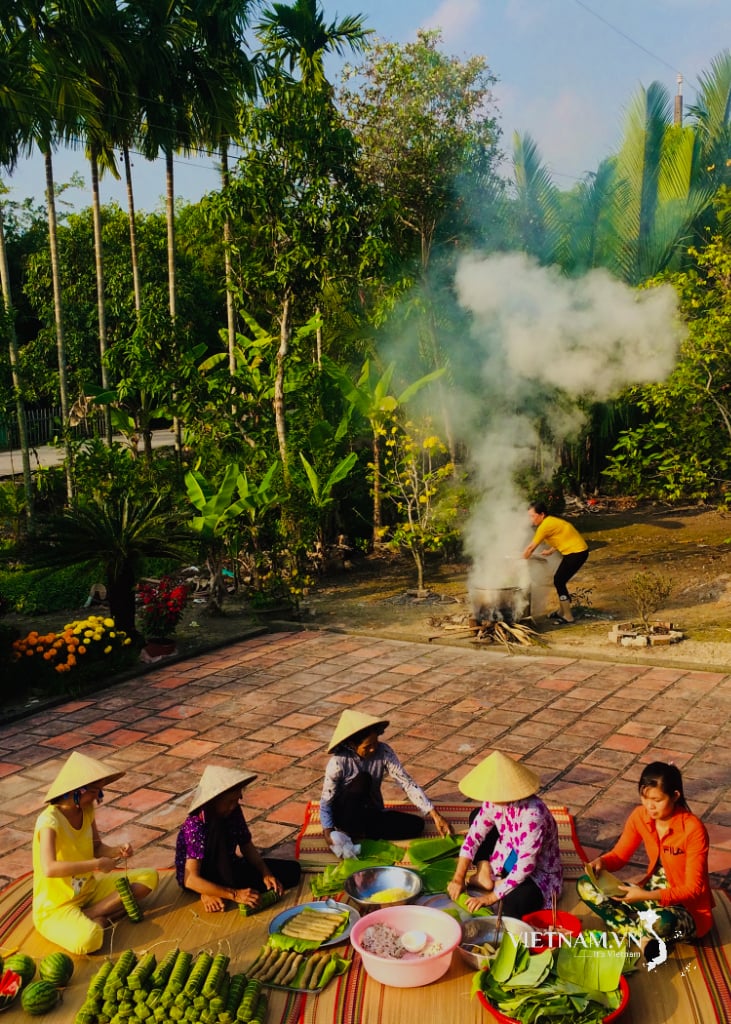
Comment (0)